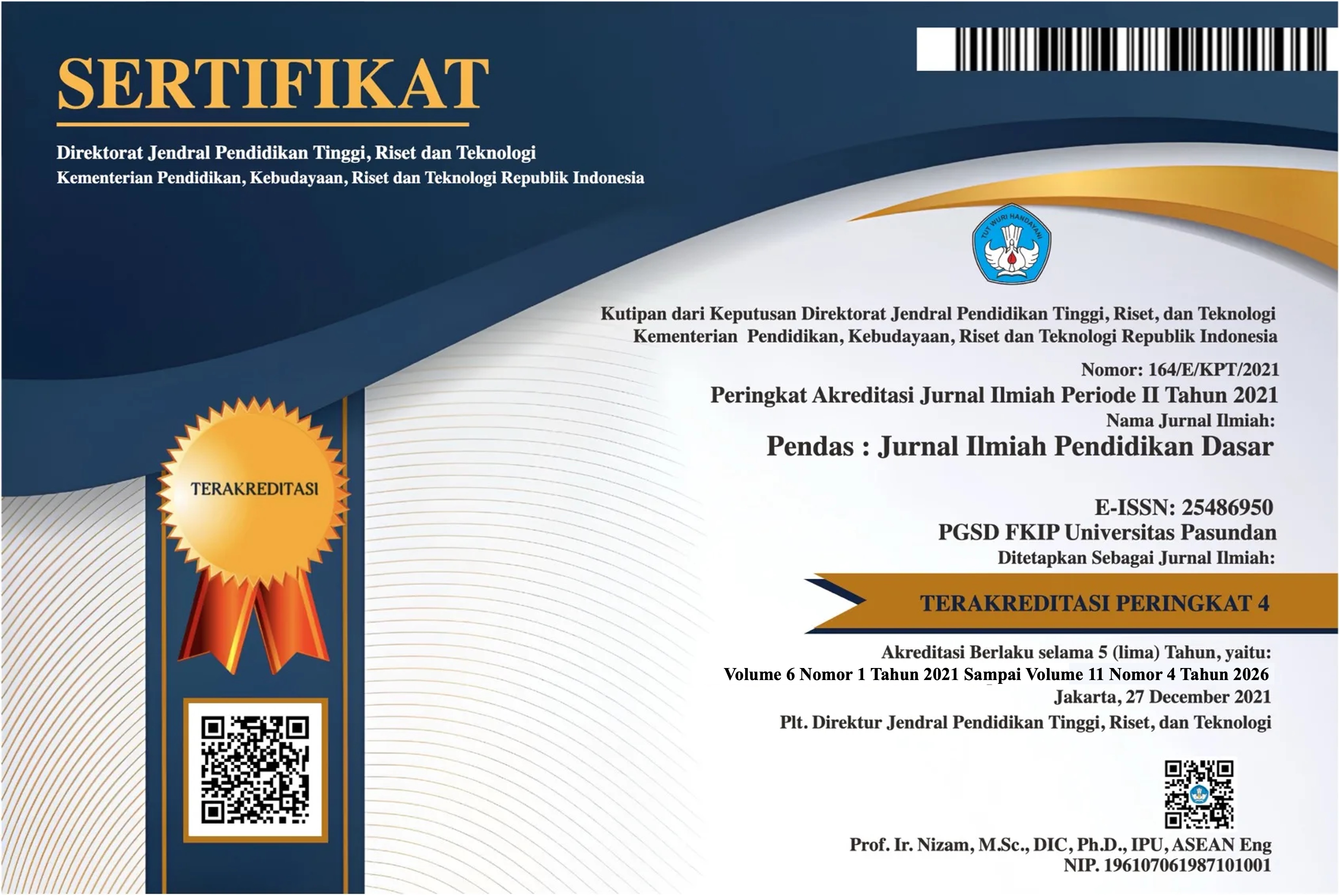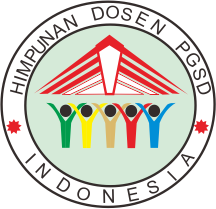MODEL PELATIHAN DAN PENGEMBANGAN SUMBER DAYA MANUSIA DI ERA DIGITAL
Keywords:
HR Training, HR Development, Digital Era, Artificial Intelligence, Internet of Things, Digital Competence.Abstract
This study analyzes the human resource (HR) training and development model in the digital era, which is marked by the rapid development of technologies such as artificial intelligence (AI) and the Internet of Things (IoT). This technology has changed the way organizations operate and manage HR, so that employees are required to have digital competencies that include technological literacy and data analysis skills. One of the main challenges faced by organizations is the skills gap between industry needs and current workforce competencies. This study identifies strategies that organizations can implement to integrate digital technology into training programs to create a more adaptive and productive workforce. The literature review conducted compares traditional training models with digital technology-based models, and evaluates their effectiveness in addressing the skills gap. The results show that flexible and innovative training models, such as the ADDIE model and blended learning, can improve employees' abilities in facing the challenges of modern industry.Downloads
References
Azizah, A. (2017). Studi kepustakaan mengenai landasan teori dan praktik konseling naratif [Dissertation, Universitas Negeri Surabaya]. Surabaya .https://core.ac.uk/download/pdf/230614535.pdf.
Chytiri, A.P. (2019). Human Resource Managers’ Role in the Digital. Era Journal of Economics and Business. 69(1-2): pp. 62-72.
Harjanti, S. (2004). Menciptakan Keunggulan Bersaing yang berkelanjutan melalui Manajemen Sumber Daya Manusia. 4(1), 16
Hoffmann, T. (1999). The Meanings of Competency. Journal of European Industrial Training. 23(6): pp. 275-286. https://doi.org/10.1108/03090599910284650
Jackson, S. E., Sculer, R. S., & Werner, S. (2018). Managing Human Resources (12 (ed.)). Oxford University Press.
Kozlowski, S.W.J., Gully, S.M., Brown, K.G., Salas, E., Smith, E.M., Nason, E.R. (2001). Effects of Training Goals and Goal Orientation Traits on Multidimensional Training Outcomes and Performance Adaptability. Organizational Behavior and
Kurniawati. (2020). Pengembangan Sumber Daya Manusia (1st ed.). Universitas Terbuka Human Decision Processes. 85(1): pp 1-31. https://doi.org/10.1006/obhd.2000.2930
Mahmud, K.T., Wahid, I.S., & Arif, I. (2019). Impact of Training Needs Assessment on the Performance of Employees: Evidence from Bangladesh. Cogent Social Sciences. 5(1): 1705627. https://doi.org/10.1080/23311886.2019.1705627
Markaki, A., Malhotra, S., Billings, R., & Theus, L. (2021). Training Needs Assessment: Tool Utilization and Global Impact. BMC Medical Education. 21: 310. https://doi.org/10.1186/s12909-021-02748-y
Mayfield, M. (2011). Creating Training and Development Programs: Using the ADDIE Method. Development and Learning in Organizations. 25(3): pp.19-2. https://doi.org/10.1108/14777281111125363.
Mozael, B. M. 2015. Impact of Training and Development Programmes on Employee Performance. International Journal of Scientific and Research Publications, 5 (11): 38-42.
Noe, R. A. (2020). Employee Training & Development (8th ed.). Mc Graw Hill Education.
Noe, R. A., Hollenbeck, J. R., Gerhart, B., & Wright, P. M. (2011). Fundamentals of Human Resource Management (4th ed.). McGraw-Hill Companies.
Panggabean, A. N. (2021). MEMAHAMI DAN MENGELOLA TRANSFORMASI DIGITAL [Preprint]. Open Science Framework. https://doi.org/10.31219/osf.io/s36wq.
Reed, J. & Vakola, M. (2006). What Role Can a Training Needs Analysis Play in Organisational Change? Journal of Organizational Change Management. 19(3): pp. 393-407. https://doi.org/10.1108/09534810610668382Kdkkd
Sudarmanto, (2009), Kinerja dan Pengembangan Kompetensi SDM, Yogyakarta: PustakaPelajar
Suparyanto dan Rosad (2015. (2020). PENGELOLAAN PROGRAM INSERVICE TRAINING DALAM PENGEMBANGAN KEARSIPAN DI SMAN 10 FAJAR HARAPAN BANDA ACEH. Suparyanto Dan Rosad (2015, 5(3), 248–253.
Swanson, R.A., (2001). Human Resource Development and its Underlying Theory. Human Resource Development International. 4(3): pp. 299-312.
Syafitri, E. R., & Nuryono, W. I. R. Y. O. (2020). Studi Kepustakaan Teori Konseling Dialectical Behavior Therapy. Jurnal BK Universitas Negeri Surabaya, 11, 53-59.
Ulla, M. B., & Winitkun, D. (2018). In-service teacher training program in Thailand: Teachers’ beliefs, needs, and challenges. Pertanika Journal of Social Sciences and Humanities, 26(3), 1579–1594.
Vey, K., Fandel-Meyer, T., Zipp, J.S., & Schneider, C. (2017). Learning & Development in Times of Digital Transformation: Facilitating a Culture of Change and Innovation. International Journal of Advanced Corporate Learning. 10(1): pp. 22. https://doi.org/10.3991/ijac.v10i1.6334
Vukovic, G., Zavrsnik, B., Rodic, B., & Miglic, G. (2008). The Training of Civil Servants in the Slovene State Administration: Issues in Introducing Training Evaluation. International Review of Administrative Sciences. 74(4): pp. 653–676.https://doi.org/10.1177/0020852308098473 http://repository.trisakti.ac.id.
Downloads
Published
Issue
Section
License
Copyright (c) 2024 Pendas : Jurnal Ilmiah Pendidikan Dasar

This work is licensed under a Creative Commons Attribution 4.0 International License.



















